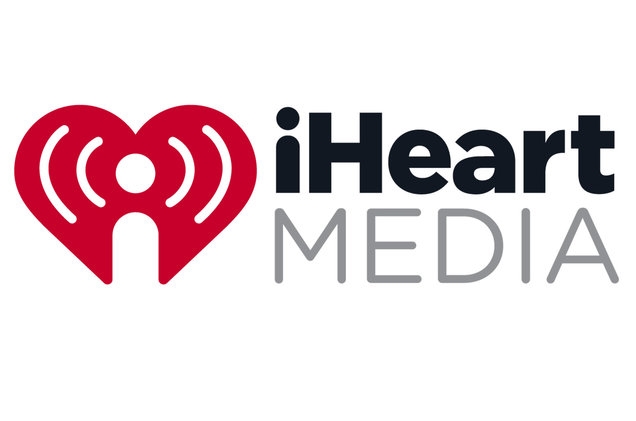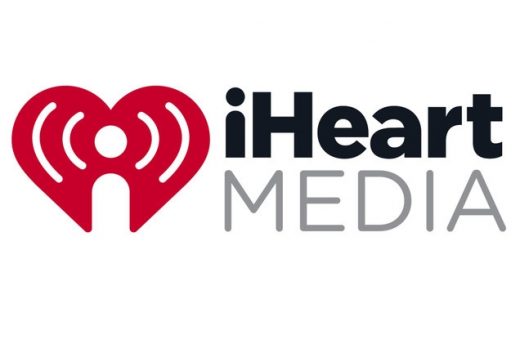iHeartMedia Develops Digital-Like Analytics Suite For Broadcast Radio
iHeartMedia Develops Digital-Like Analytics Suite For Broadcast Radio
iHeartMedia on Thursday will announce an analytics suite of tools that the company hopes will transform the way advertisers plan, buy and measure their audio campaigns.
The suite — iHeartMedia Analytics — will provide a set of tools that support broadcast radio in the same way a similar suite might support digital advertising media, according to Brian Kaminsky, president of revenue operations and insights for iHeartMedia, which reaches more than 270 million monthly broadcast listeners.

Some of the tools have been in use as stand-alone platforms for up to two years, and others are being built. When the project is complete, the suite will enable advertisers buying broadcast radio to analyze and optimize campaigns with similar tools.
“Think of it as a version of Google Analytics or Facebook for Business built specifically for a traditional media company,” he said. “We believe radio is a tremendously under-leveraged media relative to its size.”
The suite contains dashboards as well as tools such as audience insights and the ability to measure the increase in visits to the brand’s websites. It also provides data on the impact to social campaigns that come from radio spots.
iHeartAnalytics Web Lift, for example, will correlate the airing of broadcast radio ads to a website or mobile app.
Coming soon are the module tools such as iHeartAnalytics Social Lift to provide insights based on who listens on the app, and Smart Audio Insights, the working title, will provide measurement. The tools aim to help marketers validate the delivery of a well-planned, bought, and executed campaign.
The biggest challenge has been the ease with which other media, such as search, “feels” more measurable because companies have been able to provide reports and insights that provide tools to validate the work. Traditional media, broadcast radio and television, have not done a good job providing these tools, he said.
Broadcast television, radio and newspapers are effective and powerful, but the industry has not done the best job of demonstrating their value, he said, explaining how the company had to review its assets and leverage them in more than one way.
“We’ve been a bit passive in the way we prove our model, so we had to change the way we harness all our data and commit to build this platform,” he said. “There’s been a significant investments made. We had to commit to spending the money rather than rely on third-party measurement companies.”
The change from “old-school traditional approaches began about two years ago,” he said. Yet despite this push, the company could face some hurdles.
Pivotal Research Group released revised numbers in a report Thursday for U.S. advertising growth, calling for “+4.8% underlying expansion this year following on +4.5% growth in 2017.” Pivotal Analyst Brian Wieser wrote “2017 was a stronger year than initially expected, and now having reviewed 1Q18 results, by all current indications 2018 is looking like it is growing faster than previously expected as well.”
He wrote: “Radio was likely down mid-single digits in the [first 2018] quarter” compared with the prior quarter, but the media is likely to remain “durable” even as digital grows.
Radio and television will become like “melting ice cubes” unless the economy reverts back to an “era where large brands with mass market appeal take back share from their smaller direct-to-consumer and mid-sized competitors,” Wieser wrote.
(26)


